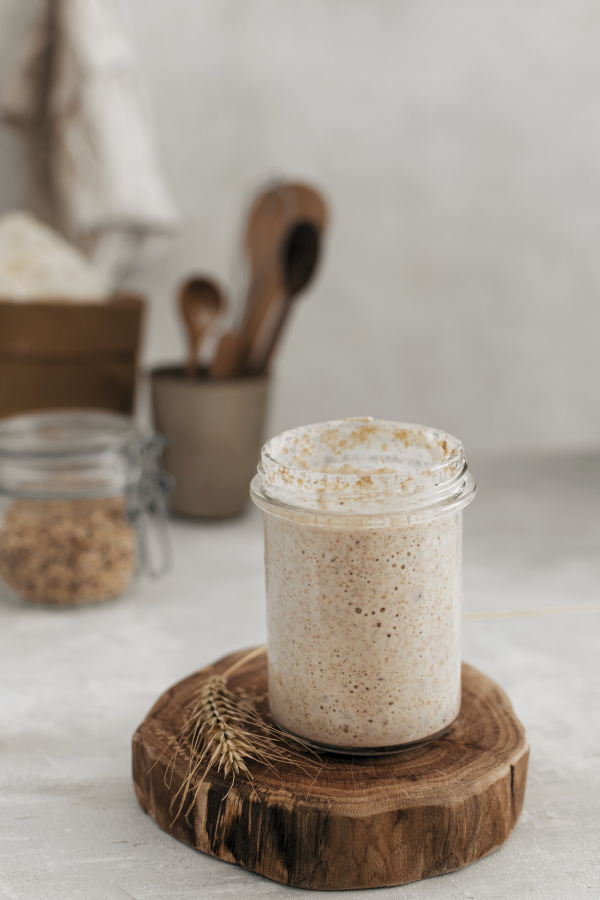

Alright, We’ve Been Influenced. Let’s Start That Sourdough!
Summary
Reflection Questions
Journal Prompt
Whether you were influenced by “gut healthy bagel lady” Jesha Ann Stevens or friends who lovingly lent you a bit of their sourdough starter, we get it! The post-pandemic sourdough bread craze captured our attention, too. Whether this is your first attempt or your tenth, here’s how to start your sourdough bread. At the end of this article, we also include our short list of sourdough bread starter kits to—ahem—get you started. Let’s get into it!
Explaining the Homemade Sourdough Craze
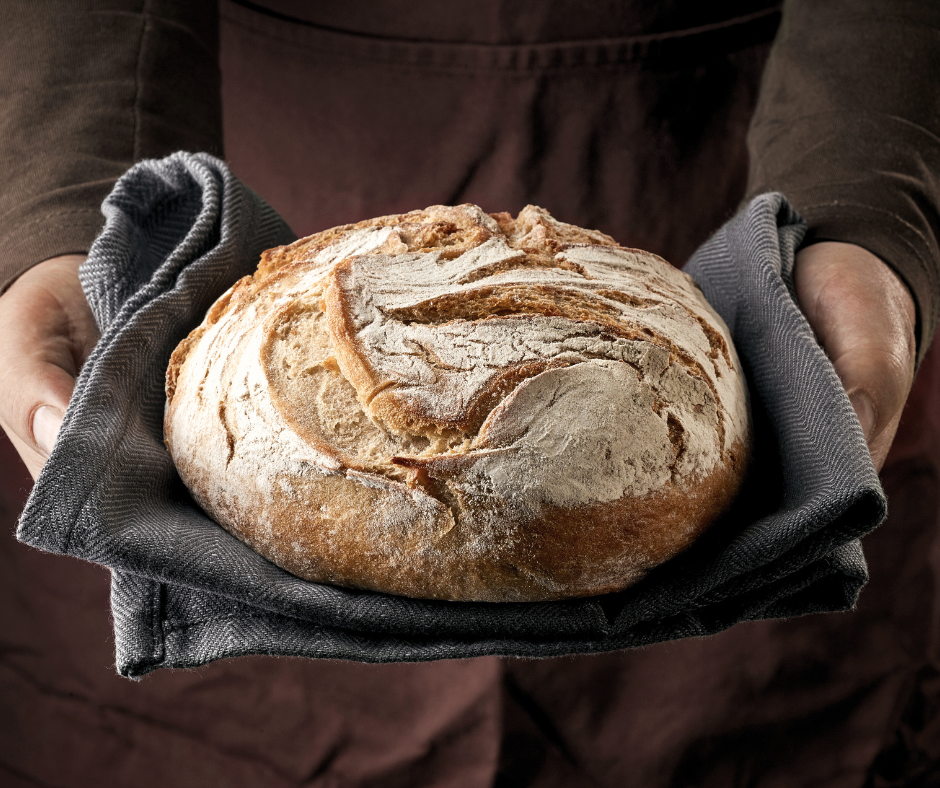

The craze of baking sourdough from scratch at home gained significant popularity during the COVID-19 pandemic, driven by several factors. The trend not only provided a practical solution to a temporary problem but also rekindled an appreciation for traditional cooking methods and the joys of home baking. The community aspect of sharing successes and failures online added a social element to what is essentially a solitary activity, further boosting its popularity during the pandemic. Today, many women are still excited about baking their own delicious sourdough loaf from home!
Stay-at-Home Orders and More Free Time
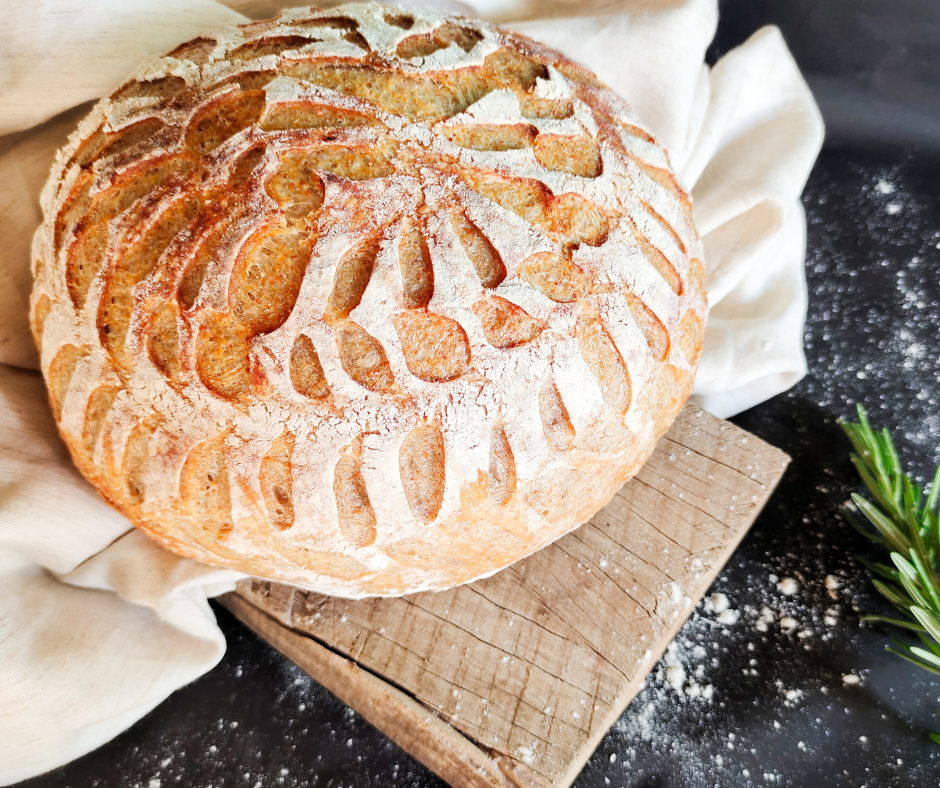

With many people working from home or laid off during lockdowns, there was an increase in available free time. This allowed for engaging in time-consuming activities like sourdough baking, which requires patience and attention over several days to cultivate the starter and bake the bread.
Limited Access to Fresh Bread and Groceries
Early in the pandemic, many experienced difficulties accessing fresh groceries, including bread. Baking bread at home became a practical solution. A new sourdough starter requires only basic ingredients—flour, water, and salt—which appealed to those dealing with limited grocery supplies.
Mental Health Benefits
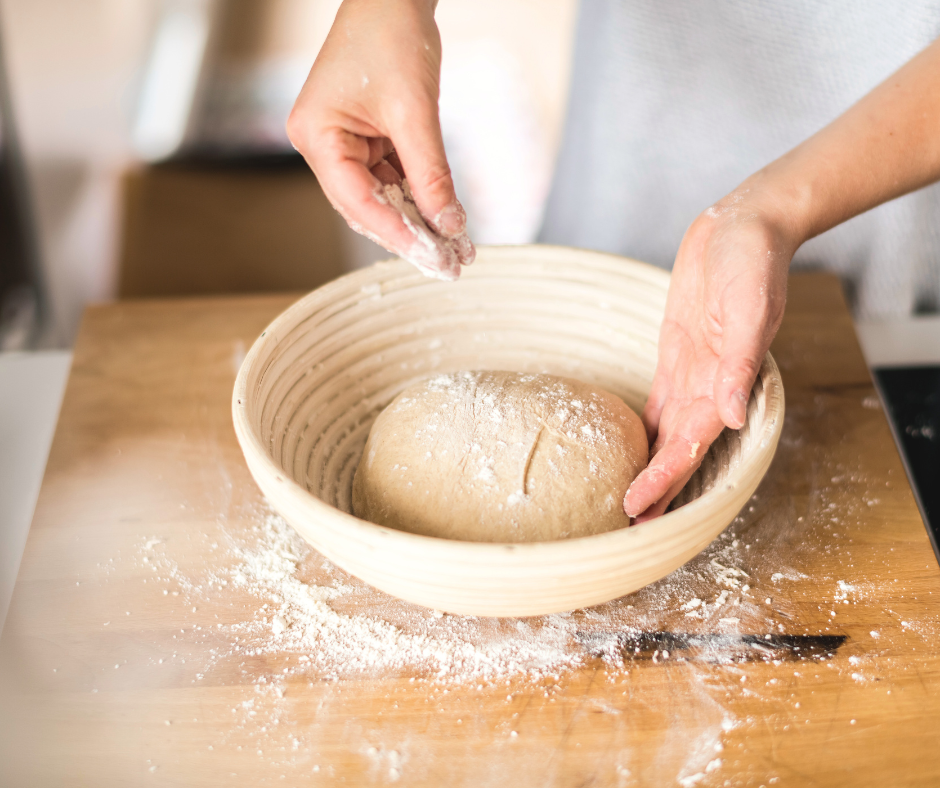

The process of baking sourdough can be therapeutic. The tactile experience of handling dough and the satisfaction of creating something from scratch can be comforting and mentally rewarding, which was particularly appealing during the stressful and uncertain times of the pandemic.
Social Media Influence
As more people began baking sourdough at home, social media platforms like Instagram and Facebook were flooded with pictures of freshly baked loaves, starter jars, and baking processes. This created a sense of community and shared experience, encouraging even more people to try their hand at sourdough baking.
Self-Sufficiency and Skill Building
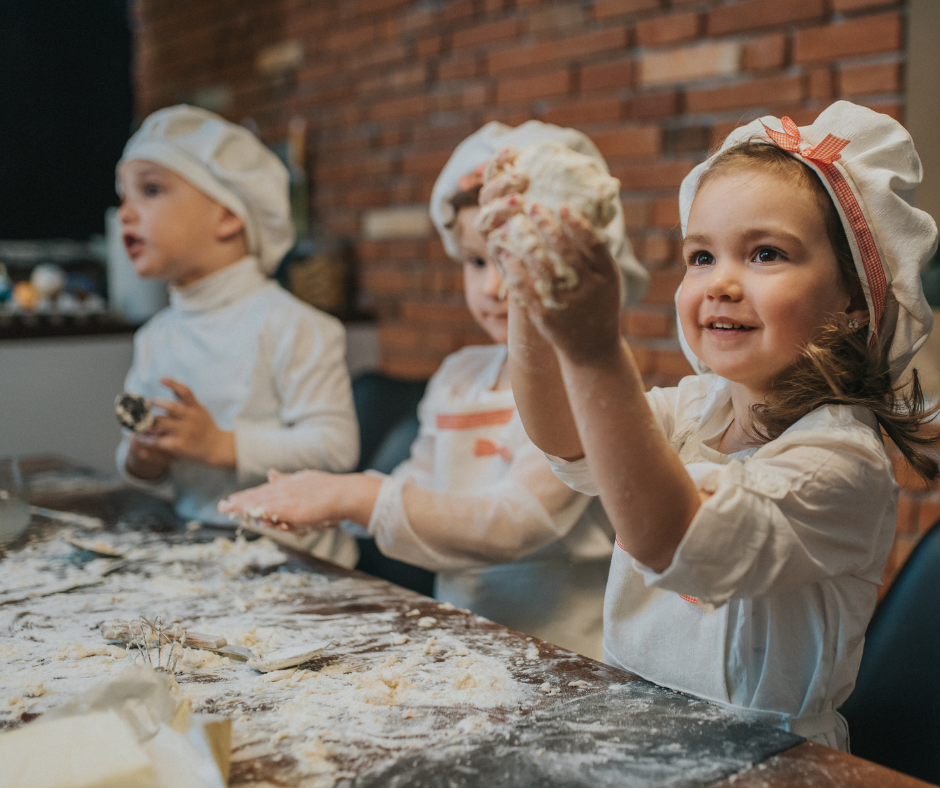

Baking sourdough from scratch is also part of a larger trend towards self-sufficiency and skill-building in the kitchen. People took the opportunity to improve their cooking skills, and sourdough baking offered a challenging yet rewarding project.
Health Considerations
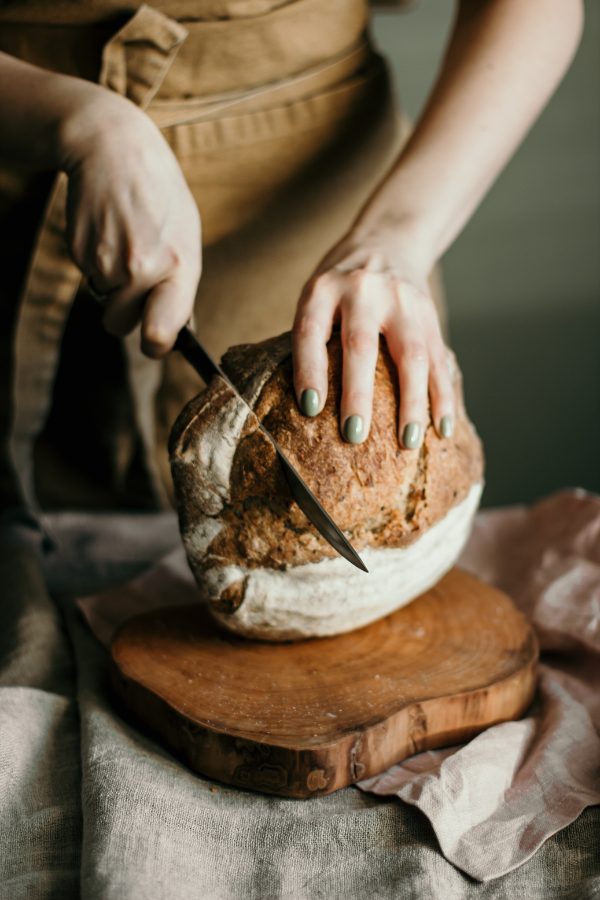

Sourdough bread is often touted for its health benefits compared to commercially made breads. It’s easier to digest due to the fermentation process, which breaks down gluten and increases the availability of nutrients. This aspect likely made sourdough an attractive choice for health-conscious individuals.
Here’s How to Make Sourdough Bread from Scratch
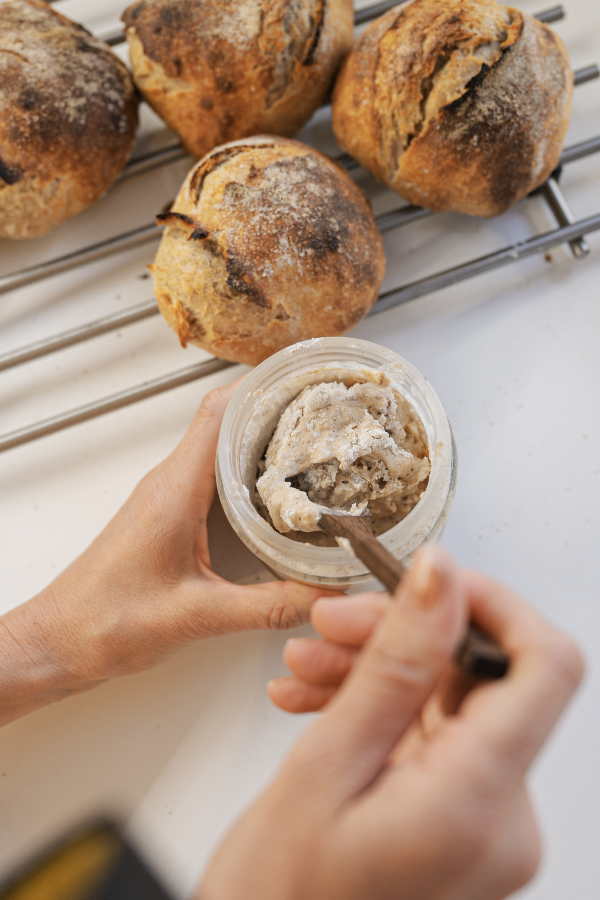

When making sourdough bread at home, many bakers create a sourdough starter from scratch. Sourdough starter is a culture of flour and water for growing wild yeast and bacteria. Begin by mixing a small amount of flour (whole grain flour is often recommended for its nutrient density and ability to attract wild yeasts) with equal parts water in a clean jar or container. Common measurements to start with are 1/2 cup of flour and 1/2 cup of water. You don’t need to add yeast from a box.
Next, let it ferment. Cover the jar loosely with a cloth or a lid that allows air to escape. Leave it at room temperature. This mixture needs to sit and ferment, which will allow the natural yeasts and bacteria in the flour and from the environment to begin multiplying. Every day for about a week, you’ll need to “feed” your starter by discarding about half of it and adding fresh flour and water. Over time, the mixture will start to bubble and develop a pleasant, slightly tangy aroma. This is your cue that the starter is active and ready to be used.
Once established, your sourdough starter will need regular feeding. If kept at room temperature, it will need feeding once a day. If you don’t plan to bake daily, you can store the starter in the refrigerator and feed it once a week.
Baking Your Sourdough Bread
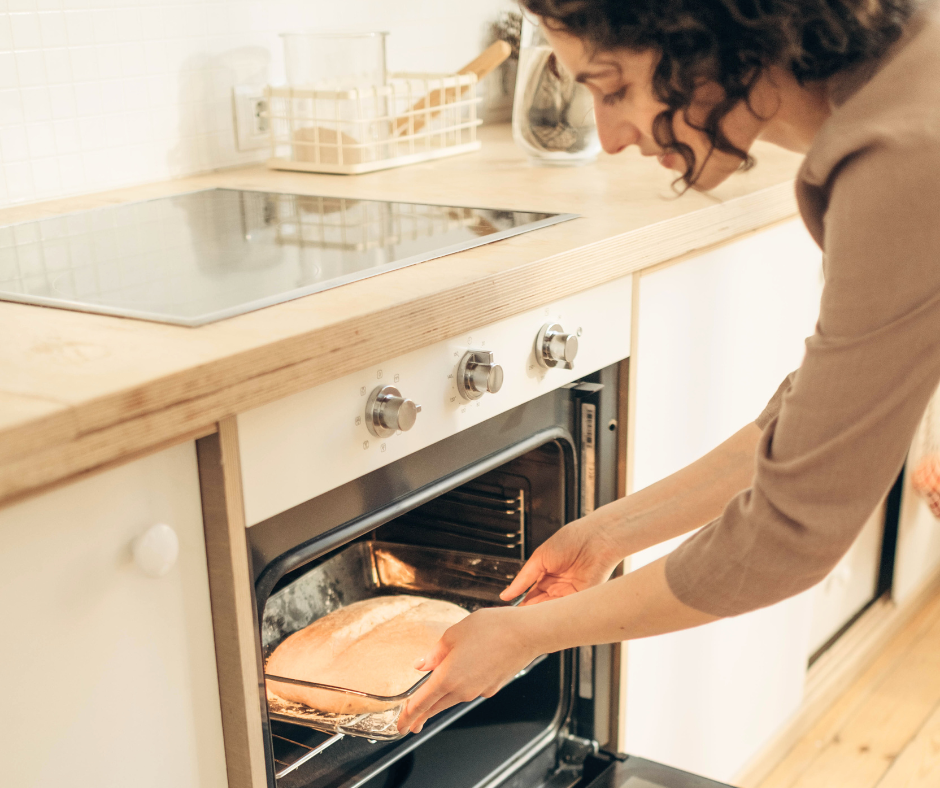

To make the bread, take some of your active starter and mix it with flour, water, and salt. The exact proportions can vary, but a basic recipe might include about a cup of starter, 3-4 cups of flour, 1-2 teaspoons of salt, and enough water to make a workable dough.
Knead your dough and then let it rise. This first rise is called bulk fermentation and can take several hours. The dough should roughly double in size. Once the dough has doubled, turn it out onto a surface and shape it into your desired loaf shape. Place it into a proofing basket or a bowl lined with a well-floured towel to rise again until it’s puffy, round, and ready for the oven.
Preheat your oven, and if available, place a dutch oven or baking stone inside to heat up as well. When your dough is ready, transfer it to your hot baking vessel or stone, make a few slashes on top of the dough to control where it expands, and bake until golden brown and crispy. Let the bread cool on a rack before slicing to allow the interior structure to set properly.
Sourdough Starter Kits to Get You Started
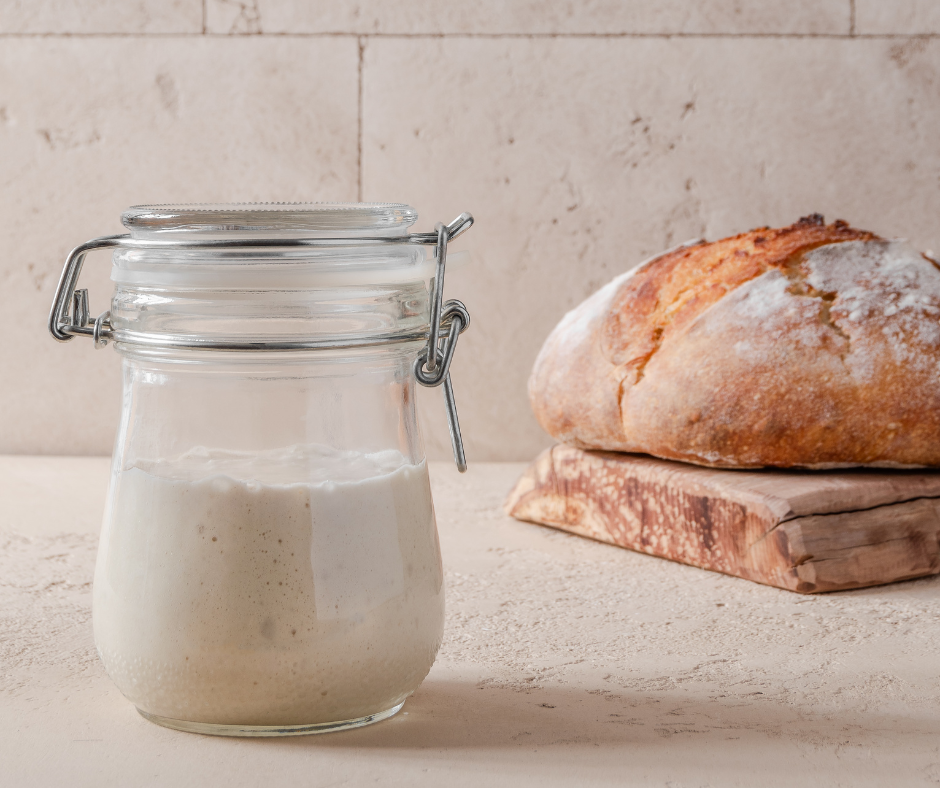

A good sourdough starter kit should include all the necessary tools and instructions to simplify the process of creating and maintaining a sourdough starter, making it accessible even for beginners. Ideally, a starter kit would contain a quality jar or container that can comfortably hold the starter as it grows; this container should be clear to easily observe the starter’s development and have a wide mouth for convenient feeding and stirring. The inclusion of a lid or cover that allows some air exchange while keeping contaminants out is also crucial.
Additionally, the kit should provide precise measuring tools, like a kitchen scale and measuring spoons or cups, to ensure that the starter maintains the correct flour-to-water ratio, which is critical for its health and growth. Some starter kits enhance the experience by including a thermometer to monitor the temperature of the starter, which can be vital for maintaining the optimal environment for yeast activity. Comprehensive, easy-to-follow instructions are a must, helping users understand the feeding schedule and how to troubleshoot common issues. Bonus materials like recipes or online resource links can also enrich the user’s baking journey by providing further guidance and inspiration.
Overall, the quality of materials, the completeness of the kit, and the clarity of the instructions are key factors that make a sourdough starter kit stand out. A good kit not only equips the user with the tools needed but also educates and guides them through the process of sourdough baking, from starter creation to baking their first loaf. Here are our top picks!
Full Proof Baking’s Sourdough Starter Kit
This sourdough bread starter kit is beginner-friendly and includes everything necessary to start baking sourdough. It features custom-designed borosilicate glass jars with temperature gauges and measurement markers, a highly sensitive digital scale, and a robust sourdough starter formula. This kit is praised for its comprehensive inclusions and clear instructions, making it a great choice for novice bakers.
KneadAce Sourdough Starter Kit


This kit is designed for both beginners starting their sourdough journey and experienced bakers who have already had great success. It includes a 24 oz jar, a silicon scraper, jar covers, a stick-on thermometer, and an elastic band with day and time markers for tracking feeding schedules. The kit also comes with an instructional video and recipe guide, making the baking process fun and engaging.
Originalidad Sourdough Starter Kit
Ideal for those looking for a comprehensive and eco-friendly option to sourdough baking, this kit includes a 1500mL airtight glass container, a thermometer, and other tools. It’s designed for easy monitoring of starter growth and ensures quality with non-GMO, organic ingredients.
Sunrise Flour Mill Sour Dough Starter Kit
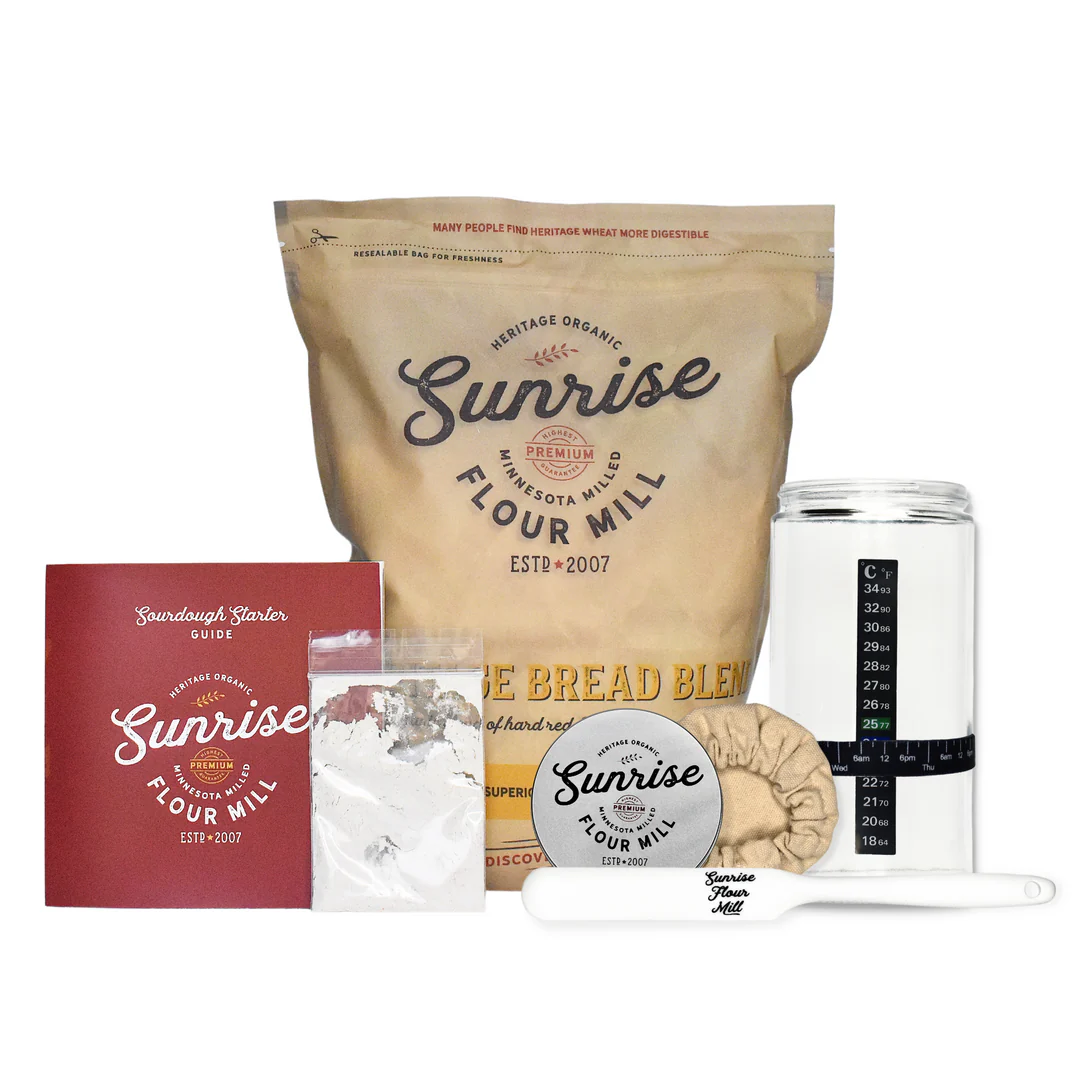

This kit provides a 900ml glass sourdough starter jar, a date-marked feeding band, a thermometer, and other essential tools. It’s a straightforward kit that also offers an optional 100-year-old Italian sourdough starter for purchase separately.
Final Thoughts on Baking Sourdough Bread from Scratch at Home
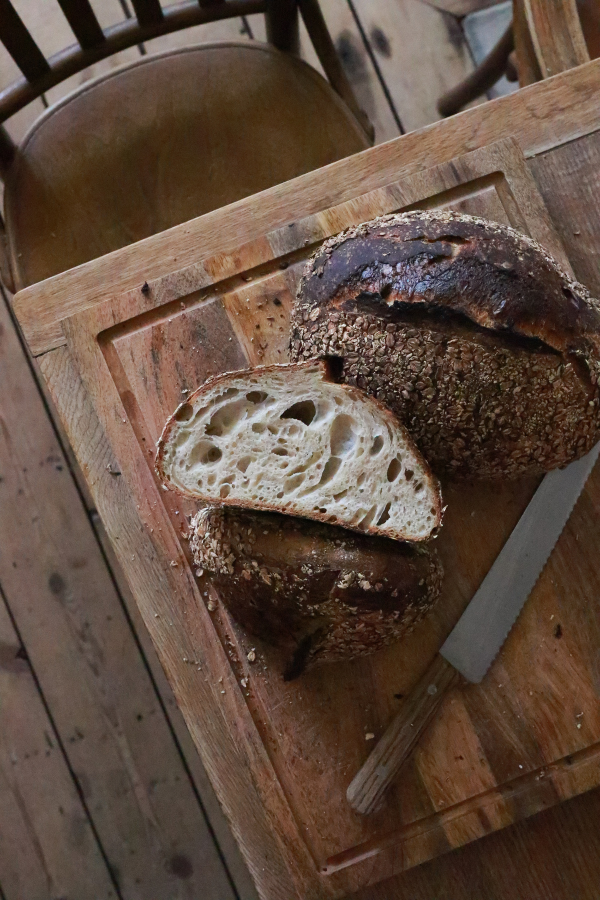

As a novice baker, progressing all the way from starting a sourdough culture to baking your bread can seem daunting, but it becomes more intuitive with practice. The key to good sourdough bread lies in mastering the fermentation and handling of the dough, which can vary based on environmental factors like temperature and humidity. Each step, from creating the starter to baking the bread, allows for variations and adjustments as you become more familiar with the behavior of your specific sourdough culture.








